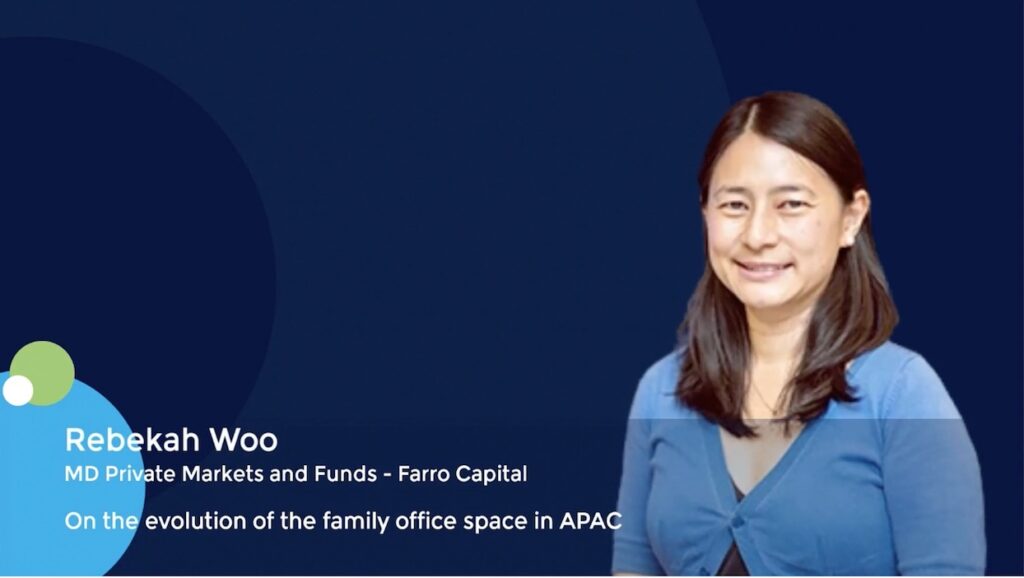Q&A: MBK Partners’ founder Michael Kim on Asia buyouts, the rise of Japan, paths to liquidity
MBK Partners was established in 2005 when a team led by Michael ByungJu Kim spun out from Carlyle. The firm has since raised five buyout funds and two special situations funds. Its sixth buyout offering recently achieved a second close of approximately USD 5bn against an overall target of USD 7bn. With more than USD 31bn in capital under management, the firm invests across China, Japan, and South Korea.
Q: What is the most prevalent theme for buyout investors in Asia?
A: Corporate governance is a leading theme, certainly in North Asia. It is the most salient and consequential theme in Japan, and Korea is following right behind. Korean policymakers have seen what has been achieved in Japan, with the markets really opening up. The boom in private equity is an output of that. The real effect has been to make the whole system of Japan Inc more transparent, accountable, and dynamic.
Q: How might this play out differently in Korea to Japan, where shareholder activism plays a key role?
A: It will be different because, although Korea Inc and Japan Inc have the same conglomerate-heavy architecture, family ownership is more prevalent in Korea. The largest chaebols are into the third or fourth generation of ownership. So, there will be some structural hurdles, but it’s going the same way. I do think the Korean market has tended to dynamism more than the stability-seeking Japan market, which makes it conducive to change a bit faster. We want to be one of the agents of change.
Q: There have also been several aged care investments in Japan…
A: Japan has the greyest population in the world – 30% of the population is over 65 years old – and Korea is in the top 10. North Asia is ageing rapidly, which has huge implications for society and for the economy. For us as investors, it means elderly healthcare has enormous promise. It’s no coincidence that we bought Tsukui Holdings, Soyokaze, and Hitowa [between 2021 and 2024]. In Korea, we bought Medit and Osstem Implant. Medit specialises in 3D dental scanning; Ostemm uses similar technology to do tooth implants; both serve middle to elderly age groups. Other themes visible in our portfolio include rising female participation in the workforce, increased engagement in entertainment and leisure activities, and technological disruption, which essentially means AI [artificial intelligence].
Q: How is AI impacting investment?
A: Five years ago, I started telling our team that every deal is a tech deal. Now, I say every business is an AI business. AI and the impact of AI, particularly the disruptive potential, must be part of the review process for any business we acquire or seek to invest in. The difficulty is knowing with clarity which direction AI will take in different industries. We know it will be disruptive; we know the impact will be big; and we know it will happen sooner rather than later. But everything in between we are still trying to get our arms around. Anyone who tells you they have AI impact on business figured out is selling you a bill of goods.
Q: And, in terms of geographies, it’s largely Japan?
A: We’re the busiest we’ve ever been there. When you think about putting out a USD 500m cheque in Asia, it’s really Japan followed by Korea, and Japan is a much larger market. India is increasingly important, but it’s mainly growth capital, a USD 100m cheque here and a USD 200m cheque there. What must be acknowledged about Japan is it’s not only throwing off good deal flow; returns are good as well, so the thesis has been proved. This is because ‘everything works’ in Japan. You can trust the legal system to get your contracts enforced; you can trust the financial disclosures when running due diligence on a company; you can trust policymakers in that there’s no official corruption; and you can get leverage. That allows GPs like us to utilise all the tools in our value creation toolbox. Japan is really the closest thing we have in Asia to the US market.
Q: MBK has always been North Asia-focused. Were you not, at various points in the past, tempted to expand into other markets?
A: A lot of managers have gone through geography creep. We have not. That’s because I spent six years as president of Carlyle Asia, and I saw how buyouts were developing across the region. We don’t do venture and growth, so it was always going to be Korea and Japan. We planted our flag in China on the conviction it would develop mid to long-term, and it’s gone through a few detours. For now, our main focus is on Japan and Korea, followed by China.
Q: What do you make of the competitive dynamics in Japan?
A: Global and pan-regional managers will become more active in Japan. We already see the market getting more crowded, and there is certainly a war for talent. Our Tokyo office is our largest growth area, but recruiting associates, vice presidents, and directors is tough. It reminds me of China 10-15 years ago. We’ve established a strong position in the mid-market, doing proprietary deals of USD 250m to just below USD 1bn in equity, but competition is increasing. There are more competitive auctions than 10 years ago, and it’s a concern. That can only lead to one thing: rising prices.
Q: How do you address LP concerns about China?
A: Our last fund, Fund V, was about 13% China, Korea was nearly 50%, and the rest was Japan. We would expect Fund VI to be similar – if anything, Japan might be larger. We tell LPs we will be very careful regarding China. We’ve not put one dollar in new investment there in three years, and we probably won’t do anything next year either. The private equity industry hasn’t seen the robust development I had expected, and recently it’s been on pause; there have been some economic policy mishaps, but it’s mostly geopolitics. But we still believe in China long-term. Unlike some GPs, we aren’t retrenching, closing shop, or doing layoffs there. You ignore China at your peril. It’s too large an economy, and the opportunity set is too attractive to throw away. It is a question of biding our time and seeing when and how it recovers. Already, we are seeing some green shoots.
Q: To what extent are LPs also expressing concerns about weak DPI [distributions to paid-in] out of Asia?
A: I’ve been advocating for DPI from the get-go; it’s in all my annual letters to investors. IRRs are easily manipulated and not that meaningful. Any GP can claim to have a top-quartile IRR fund; distributions don’t lie. They’ve been down globally, and Asia isn’t immune to that. However, asset sales are continuing, and we have several exits in the works. We recently sold Tasaki [a Japanese jewellery brand] to FountainVest Partners and Unison Capital. Those GP-to-GP transactions are becoming a reality – they are here to stay. As for the public markets, it really varies. Japan is open for IPOs and follow-on offerings; China is mostly closed; Korea is somewhere in between, it’s very selective. We are returning more money through recaps. We are fortunate that Japan and Korea continue to be mainstays for leverage, with ample liquidity.
Q: What continuation vehicles and cross-fund transactions?
A: We think they should be the exception, not the rule. I like getting out clean, and a GP-led secondary doesn’t allow you to do that in one fell swoop. We are not exploring any such deals are present, across our buyout and special situations strategies. There is a market for GP-led secondaries, but it seems more challenging than it was four or five years ago. As for cross-fund continuity deals, we’ve never done one and I don’t think it’s the right thing for us to do.
Q: You acquired Medit from UCK Partners, a mid-cap manager, while Alinamin Pharmaceutical and Geo-Young both came from Blackstone. Is it harder to make the case for buying from another large-cap GP?
A: I don’t think it makes much difference whether it is a small GP or a large GP. The key factors are the buyer’s expertise in that sector and what else they can bring to the target business in terms of value creation. We are strong in healthcare, especially consumer healthcare, and both Alinamin and Geo-Young fall in that area. We are confident in our ability to create further value.
Q: What is the key to staying competitive in Asia’s buyout space?
A: Localisation and scaling. We have 25-35 investment professionals covering each of Japan, Korea, and China. In Japan and Korea, our teams are among the largest, if not the largest. It helps that we focus on three markets instead of 12 – we can get that local depth. Single-country managers, meanwhile, cannot really scale. Our approach allows us to combine depth with economies of scale by centralising functions such as LP relations, accounting, legal and compliance, IT and security, and recruitment and human resources development. We are also centralised in our decision-making with a single investment committee.
Q: You started out doing buyouts and then launched special situations. Would you consider adding other strategies?
A: There is a clear trend in the industry towards more strategies rather than fewer. The leading global firms have become asset managers, but we still consider ourselves to be a private equity manager. It would take a lot to make us expand into a third strategy. We like buyouts and special situations; there is strong complementarity. And then we are committed to North Asia and North Asia only. I don’t think we will see many Asia-based GPs expand outward to other geographies. However, it’s almost inevitable that the global trend towards consolidation will extend to Asia, with GPs getting acquired by global asset managers. There will also be a shakeout within the industry. Some GPs, including venerable, well-established names, will not be able to fundraise. They will go quietly away.
Q: Would you be open to M&A proposals?
A: We are happy being independent.












